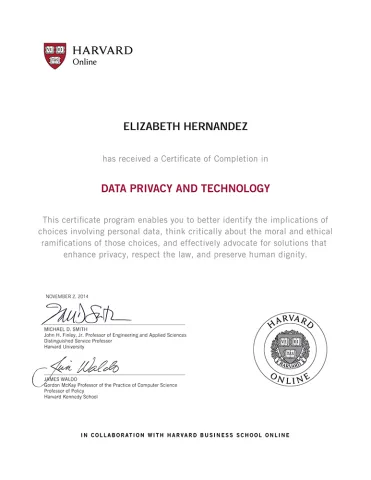Subheading: Understanding the Foundations of Land Ownership Laws
Land ownership laws form the bedrock of property rights, dictating who has legal control over land parcels and the rights and responsibilities associated with ownership. Deciphering these laws is essential for anyone involved in real estate transactions, property development, or land use planning. This article aims to provide essential knowledge on land ownership laws, shedding light on key concepts, legal principles, and implications for landowners and stakeholders.
Subheading: Origins and Evolution of Land Ownership Laws
The concept of land ownership has evolved over centuries, shaped by historical, cultural, and legal factors. In many societies, land ownership was tied to notions of sovereignty, inheritance, or conquest. Over time, legal frameworks emerged to regulate land tenure, delineate property rights, and resolve disputes. Today, land ownership laws vary widely across jurisdictions, reflecting diverse legal traditions, economic conditions, and social norms.
Subheading: Legal Framework of Land Ownership
At its core, land ownership is a bundle of rights that confers exclusive control over a piece of land. These rights typically include the right to possess, use, transfer, and exclude others from the land. However, ownership rights are subject to limitations imposed by law, such as zoning regulations, environmental restrictions, and eminent domain powers. Understanding the legal framework of land ownership is essential for navigating property transactions, resolving disputes, and ensuring compliance with regulatory requirements.
Subheading: Types of Land Ownership
Land ownership can take various forms, ranging from fee simple ownership, where the owner has absolute control over the land, to leasehold ownership, where the owner holds a temporary right to use the land under a lease agreement. Other forms of ownership include joint tenancy, tenancy in common, and community property, each with its own rights and obligations for co-owners. Understanding the nuances of different ownership structures is crucial for property buyers, sellers, and investors.
Subheading: Rights and Responsibilities of Landowners
Land ownership confers a range of rights and responsibilities on landowners. These may include the right to build structures on the land, cultivate crops, extract natural resources, and collect rents from tenants. However, landowners also have responsibilities, such as paying property taxes, maintaining the land in a safe condition, and complying with zoning and land use regulations. Understanding these rights and responsibilities is essential for responsible land stewardship and legal compliance.
Subheading: Transfer of Land Ownership
The transfer of land ownership involves the conveyance of property from one party to another through sale, gift, or inheritance. This process typically requires the execution of a legal document, such as a deed or title, to formalize the transfer and establish the new owner’s rights. Transfers of land ownership must comply with legal requirements, such as recording the transaction with the appropriate government authority and paying any applicable taxes or fees. Understanding the transfer process is crucial for avoiding disputes and ensuring the validity of property transactions.
Subheading: Land Ownership and Property Rights
Land ownership is closely linked to property rights, which encompass a broader range of legal interests in land and other assets. Property rights include not only ownership rights but also rights of possession, use, enjoyment, and disposition. These rights are protected by law and can be enforced through legal action. Understanding property rights is essential for safeguarding interests in land and resolving disputes with other stakeholders.
Subheading: Implications of Land Ownership Laws
Land ownership laws have far-reaching implications for individuals, communities, and economies. They influence patterns of land use and development, access to resources, wealth distribution, and social equity. Understanding these implications is essential for policymakers, urban planners, environmentalists, and other stakeholders involved in land-related decision-making processes. By considering the broader impacts of land ownership laws, stakeholders can develop more informed and equitable land policies and practices.
Subheading: Conclusion
In conclusion, deciphering land ownership laws is essential for anyone involved in land-related activities, from property transactions to land use planning. By understanding the legal framework of land ownership, types of ownership, rights and responsibilities of landowners, transfer processes, and broader implications of land ownership laws, individuals and stakeholders can navigate land-related issues more effectively and responsibly. With this essential knowledge, they can ensure compliance with legal requirements, protect property interests, and contribute to sustainable land management and development. Read more about ownership of land in land law





